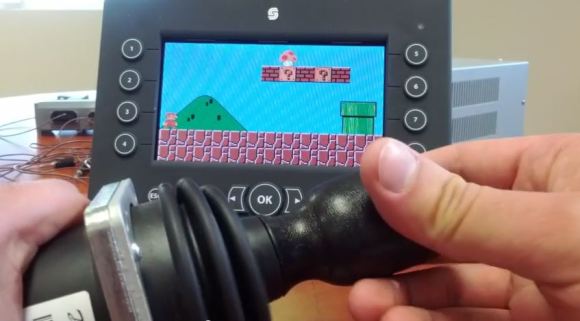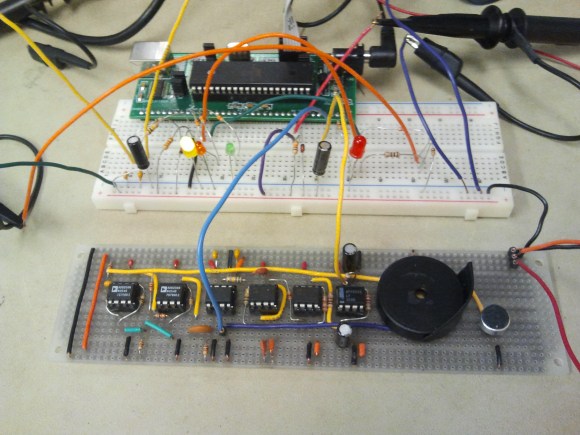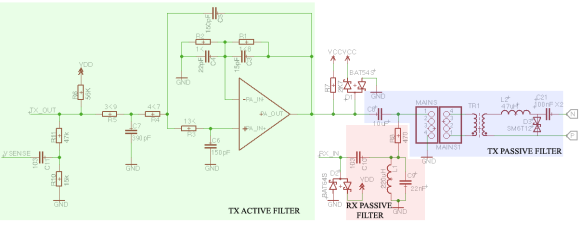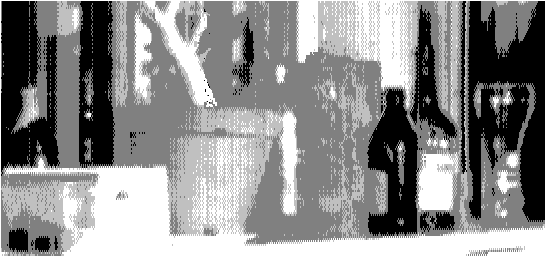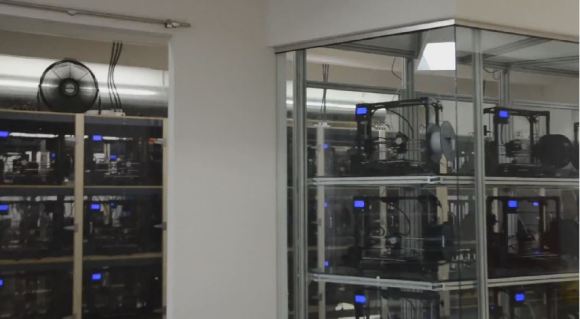
LeTourneau University attempted to set a 3D printing Guinness World Record yesterday. They had 50 3D printers print the same thing at the same time. Impressive? Kind of, but not really.
LulzBot — our favorite 3D printer company — saw this and thought “that’s cute — we run over 50 printers a day on a normal basis!”. So just for lulz, they decided to film a little counter-record video featuring 109 LulzBot 3D printers running simultaneously.
To be honest, we kinda feel sorry for LeTourneau University — but it looks like LulzBot really takes the cake here. The university has a really cool policy for their engineering students though — all incoming freshmen students are required to build their own 3D printer for school. Whoa! To be honest it is a really cool way to force you to get out of your comfort zone and learn a bit about several different engineering disciplines.
To follow along the discussion and status of the record, a thread is going on over at 3Dprintboard.com. Stick around to see the video of LulzBot’s drool worthy server racks filled with identical printers.
Continue reading “University Attempts To Break 3D Printing World Record”

